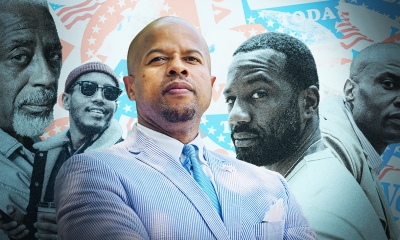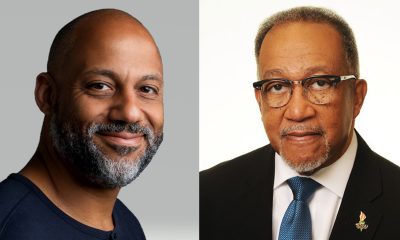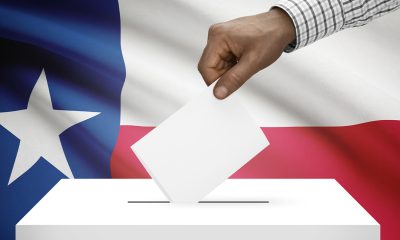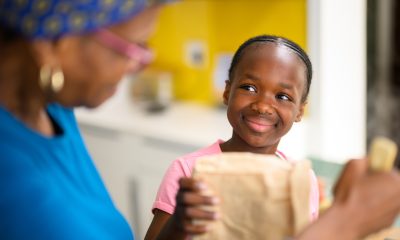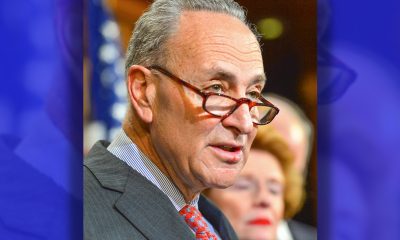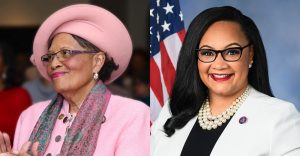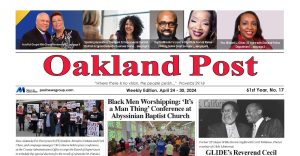Politics
DCYD New Executive Committee Calls for Northam’s Resignation
THE AFRO — The day after the election and also first day of Black History Month, an extremely racist image surfaced from Northam’s yearbook page.
By Micha Green
Despite having to face the brutally cold temperatures from last week’s polar vortex, about 200 young Washingtonians came out to vote for the DCYD Executive Board. Council members Robert C. White (D-At-large), Trayon White (D-Ward 8) and Brandon Todd (D-Ward 4) were there to support DCYD’s encouragement of civic participation and societal change. Other esteemed young Washingtonians came to support the cause as well, including CNN commentator and former Bernie Sanders campaign National Press Secretary Symone Sanders. The new board includes: President Marcus Goodwin; Executive Vice President Jennifer Blemur; Vice President of Administration and Finance Brandon Frye; Vice President of Programs Katie Breslin; National Committeeman Zach Israel; National Committeewoman Sheika Reid; Treasurer Corina Hernandez; Recording Secretary Benjamin Scott and Correspondence Secretary Andrew Haynesworth.
The day after the election and also first day of Black History Month, an extremely racist image surfaced from Northam’s yearbook page – with a man in Blackface and another in a Ku Klux Klan robe. On Feb. 3, the DCYD Executive Committee released a statement calling for Northam’s resignation.
The governor reneged responsibility for the photo-claiming it was not him, after first apologizing for the image. He said, he did, however dress in Blackface as Michael Jackson. The DCYD said Northam’s actions were not reflective of the Democratic Party’s values.
“The Democratic Party stands for inclusivity and fairness. Our Party seeks to promote mutual understanding and respect for the differences that make our nation whole. Gov. Northam’s actions are not indicative of those principles. Both his past and current behavior demonstrates a failure to truly represent, not only the party, but the people of Virginia,” they wrote.
They called for the governor’s resignation, in order to hold him accountable.
“This is a party of integrity willing to hold its members accountable, especially where other parties will not.
“Resign Governor, so that new leaders hip can get back to the work of serving the people of Virginia and learn from his shameful reminder of our nation’s past.”
Although currently entwined in his own sexual assault allegations that he vehemently denies, Lt. Gov. Justin Fairfax would be next in line for the position of governor, making him the second Black governor of the state. The first Black governor of Virginia was Lawrence Douglas Wilder- who was also the first African American governor ever elected in the United States since reconstruction.
“This recent revelation has made it clear that there is better leadership for moments like these, so we look forward to the day where we can put this behind us. Your [Gov. Northam’s] resignation is the first step in that process.”
The young Democrats contend its time for unity.
“It’s time to work through the problems that divide and rally around principles that unite us.”
This article originally appeared in The Afro.
Activism
Oakland Post: Week of April 24 – 30, 2024
The printed Weekly Edition of the Oakland Post: Week of April 24 – 30, 2024
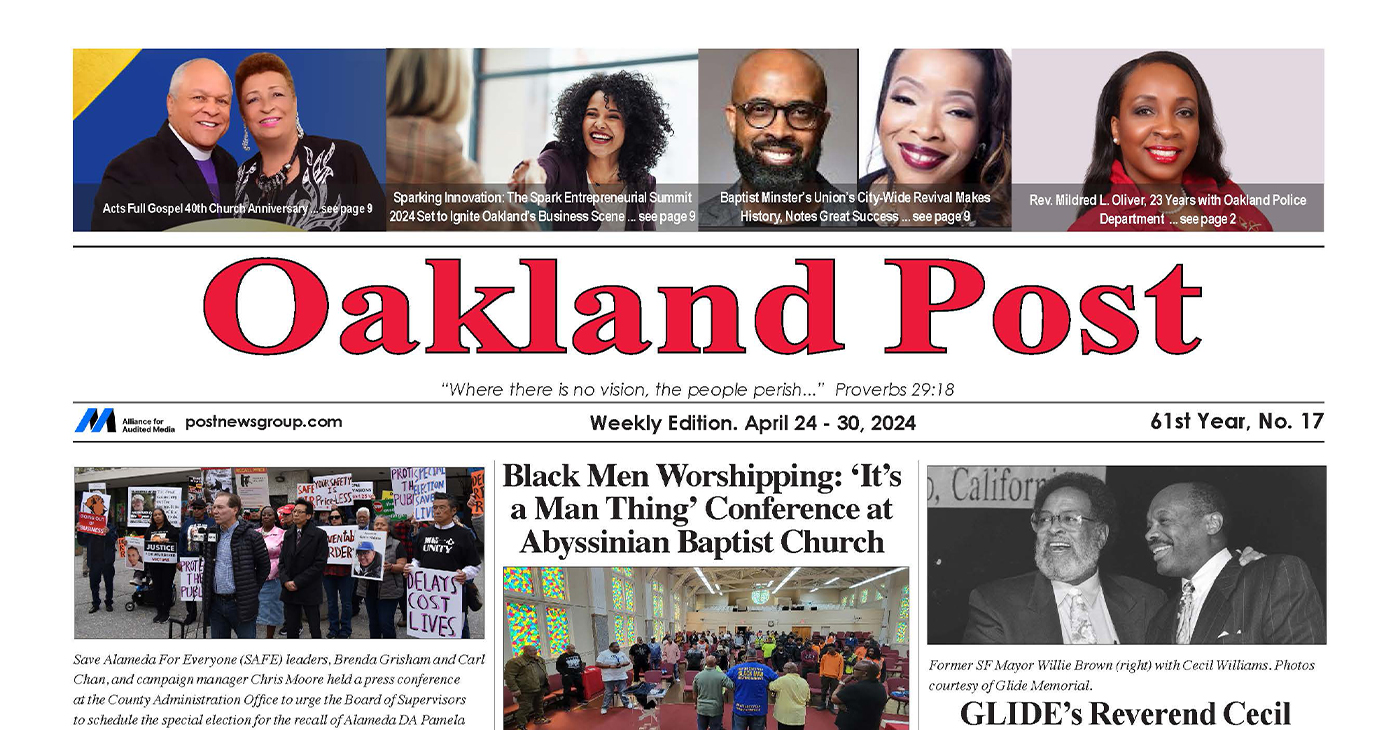
To enlarge your view of this issue, use the slider, magnifying glass icon or full page icon in the lower right corner of the browser window. ![]()
Bay Area
MAYOR BREED ANNOUNCES $53 MILLION FEDERAL GRANT FOR SAN FRANCISCO’S HOMELESS PROGRAMS
San Francisco, CA – Mayor London N. Breed today announced that the U.S. Department of Housing and Urban Development (HUD) has awarded the city a $53.7 million grant to support efforts to renew and expand critical services and housing for people experiencing homelessness in San Francisco.
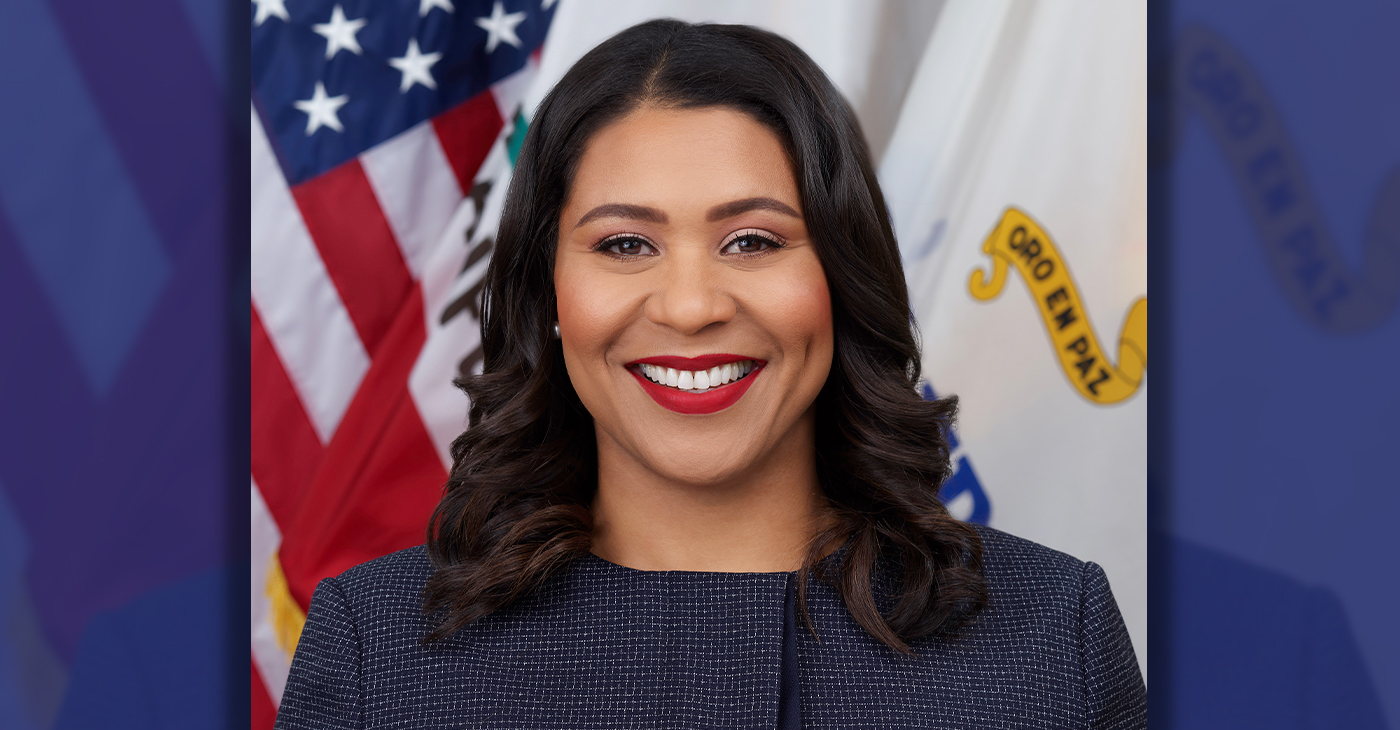
FOR IMMEDIATE RELEASE:
Wednesday, January 31, 2024
Contact: Mayor’s Office of Communications, mayorspressoffice@sfgov.org
***PRESS RELEASE***
MAYOR BREED ANNOUNCES $53 MILLION FEDERAL GRANT FOR SAN FRANCISCO’S HOMELESS PROGRAMS
HUD’s Continuum of Care grant will support the City’s range of critical services and programs, including permanent supportive housing, rapid re-housing, and improved access to housing for survivors of domestic violence
San Francisco, CA – Mayor London N. Breed today announced that the U.S. Department of Housing and Urban Development (HUD) has awarded the city a $53.7 million grant to support efforts to renew and expand critical services and housing for people experiencing homelessness in San Francisco.
HUD’s Continuum of Care (CoC) program is designed to support local programs with the goal of ending homelessness for individuals, families, and Transitional Age Youth.
This funding supports the city’s ongoing efforts that have helped more than 15,000 people exit homelessness since 2018 through City programs including direct housing placements and relocation assistance. During that time San Francisco has also increased housing slots by 50%. San Francisco has the most permanent supportive housing of any county in the Bay Area, and the second most slots per capita than any city in the country.
“In San Francisco, we have worked aggressively to increase housing, shelter, and services for people experiencing homelessness, and we are building on these efforts every day,” said Mayor London Breed. “Every day our encampment outreach workers are going out to bring people indoors and our City workers are connecting people to housing and shelter. This support from the federal government is critical and will allow us to serve people in need and address encampments in our neighborhoods.”
The funding towards supporting the renewal projects in San Francisco include financial support for a mix of permanent supportive housing, rapid re-housing, and transitional housing projects. In addition, the CoC award will support Coordinated Entry projects to centralize the City’s various efforts to address homelessness. This includes $2.1 million in funding for the Coordinated Entry system to improve access to housing for youth and survivors of domestic violence.
“This is a good day for San Francisco,” said Shireen McSpadden, executive director of the Department of Homelessness and Supportive Housing. “HUD’s Continuum of Care funding provides vital resources to a diversity of programs and projects that have helped people to stabilize in our community. This funding is a testament to our work and the work of our nonprofit partners.”
The 2024 Continuum of Care Renewal Awards Include:
- $42.2 million for 29 renewal PSH projects that serve chronically homeless, veterans, and youth
- $318,000 for one new PSH project, which will provide 98 affordable homes for low-income seniors in the Richmond District
- $445,00 for one Transitional Housing (TH) project serving youth
- $6.4 million dedicated to four Rapid Rehousing (RRH) projects that serve families, youth, and survivors of domestic violence
- $750,00 for two Homeless Management Information System (HMIS) projects
- $2.1 million for three Coordinated Entry projects that serve families, youth, chronically homeless, and survivors of domestic violence
In addition, the 2023 CoC Planning Grant, now increased to $1,500,000 from $1,250,000, was also approved. Planning grants are submitted non-competitively and may be used to carry out the duties of operating a CoC, such as system evaluation and planning, monitoring, project and system performance improvement, providing trainings, partner collaborations, and conducting the PIT Count.
“We are very appreciative of HUD’s support in fulfilling our funding request for these critically important projects for San Francisco that help so many people trying to exit homelessness,” said Del Seymour, co-chair of the Local Homeless Coordinating Board. “This funding will make a real difference to people seeking services and support in their journey out of homelessness.”
In comparison to last year’s competition, this represents a $770,000 increase in funding, due to a new PSH project that was funded, an increase in some unit type Fair Market Rents (FMRs) and the larger CoC Planning Grant. In a year where more projects had to compete nationally against other communities, this represents a significant increase.
Nationally, HUD awarded nearly $3.16 billion for over 7,000 local homeless housing and service programs including new projects and renewals across the United States.
Activism
Oakland Post: Week of April 17 – 23, 2024
The printed Weekly Edition of the Oakland Post: Week of April 17 – 23, 2024

To enlarge your view of this issue, use the slider, magnifying glass icon or full page icon in the lower right corner of the browser window. ![]()
-

 Activism4 weeks ago
Activism4 weeks agoOakland Post: Week of March 27 – April 2, 2024
-

 #NNPA BlackPress4 weeks ago
#NNPA BlackPress4 weeks agoCOMMENTARY: D.C. Crime Bill Fails to Address Root Causes of Violence and Incarceration
-
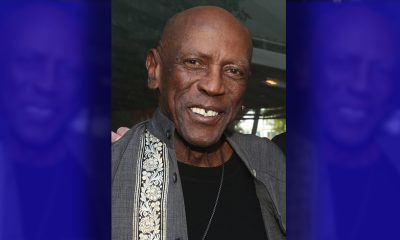
 #NNPA BlackPress4 weeks ago
#NNPA BlackPress4 weeks agoBeloved Actor and Activist Louis Cameron Gossett Jr. Dies at 87
-
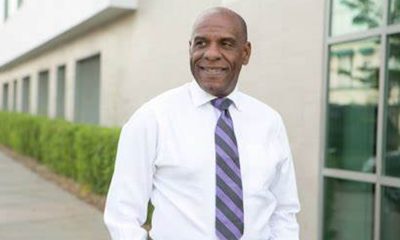
 Community1 week ago
Community1 week agoFinancial Assistance Bill for Descendants of Enslaved Persons to Help Them Purchase, Own, or Maintain a Home
-
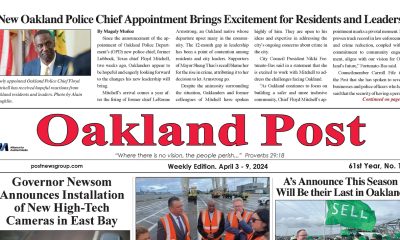
 Activism3 weeks ago
Activism3 weeks agoOakland Post: Week of April 3 – 6, 2024
-
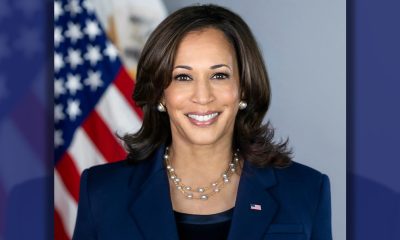
 Business1 week ago
Business1 week agoV.P. Kamala Harris: Americans With Criminal Records Will Soon Be Eligible for SBA Loans
-
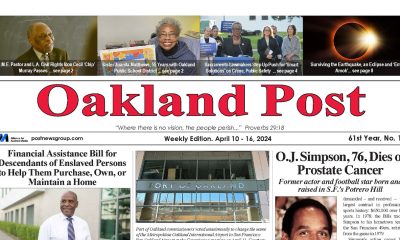
 Activism2 weeks ago
Activism2 weeks agoOakland Post: Week of April 10 – 16, 2024
-
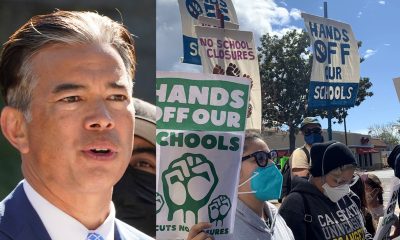
 Community1 week ago
Community1 week agoAG Bonta Says Oakland School Leaders Should Comply with State Laws to Avoid ‘Disparate Harm’ When Closing or Merging Schools

